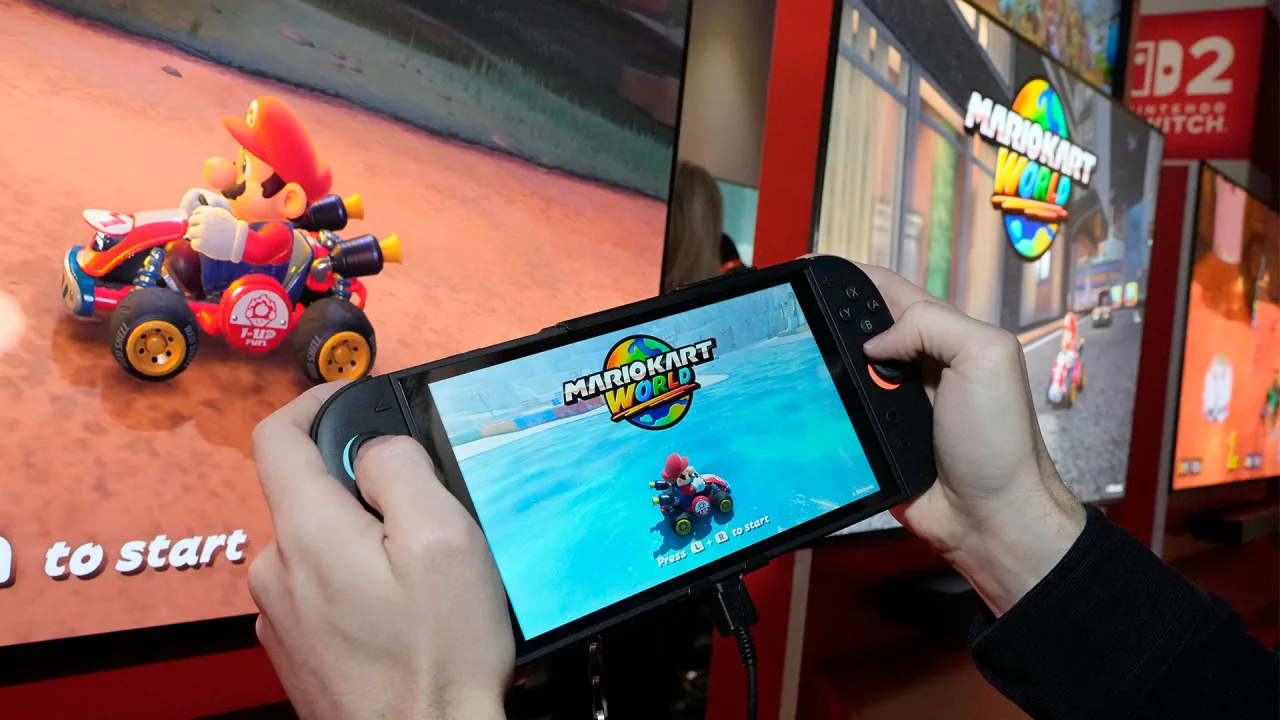The Age of the Smartphone Is Ending — And Most People Haven’t Noticed
For over 15 years, the smartphone has been the centre of our digital universe. It’s the screen we stare at, the tool we work on, the device we reach for instinctively. But look a little closer — and you’ll start to see the shift. We’re entering the post-smartphone era. Not with a bang, but through quiet disruption. And it’s already on your body. The Rise of the Wearable Web I wear Ray-Ban Meta glasses. With a simple voice command, I can ask for directions, snap a photo, stream music, or get real-time translation. I wear a smartwatch that tracks my health, receives notifications, and lets me respond instantly. Samsung just launched a smart ring — one more layer of ambient computing wrapped around our daily lives. And of course, I can speak to an AI assistant and get intelligent, contextual responses without touching a screen. This is no longer sci-fi — this is now. A New Hub: The Invisible Puck The smartphone’s biggest strength was centralisation. But now, that central hub could shrink even further — into something like a “puck”: a small device in your pocket or bag that does nothing but supply data, compute, and connectivity. Imagine: A tiny 5G/6G puck lives in your backpack Your glasses are your screen Your ring is your security token Your watch handles notifications and health Voice becomes your primary interface AI becomes your operating system No more swiping. No more “app folders”. No more trying to type with your thumb while walking. Screens Are Becoming Optional We’re heading toward a world where the screen isn’t the experience — it’s a layer. Screens may still be there, but they’ll be optional, not essential. Even today, I can ask my glasses to play a song, call someone, or answer a question — all without touching a smartphone. I don’t need a “phone” to live connected. I just need smart inputs, wearable endpoints, and a cloud intelligence layer. What This Means The next generation won’t grow up “addicted to their phones” — they’ll talk to tech instead of tapping it. App developers will have to rethink interaction: conversational, contextual, multi-device. Privacy, identity, and edge computing will take centre stage — because the phone as a walled garden will be gone. We’ll be more present — or at least, less distracted by rectangles. The Debate Begins Is this the death of the smartphone — or just its evolution into something less visible? Will we embrace ambient computing — or push back against losing physical control? One thing’s clear: the era of staring at your hand all day is giving way to something new. So here’s the question: Would you give up your phone if you could wear the web instead?

For over 15 years, the smartphone has been the centre of our digital universe. It’s the screen we stare at, the tool we work on, the device we reach for instinctively. But look a little closer — and you’ll start to see the shift.
We’re entering the post-smartphone era. Not with a bang, but through quiet disruption. And it’s already on your body.
The Rise of the Wearable Web
I wear Ray-Ban Meta glasses. With a simple voice command, I can ask for directions, snap a photo, stream music, or get real-time translation.
I wear a smartwatch that tracks my health, receives notifications, and lets me respond instantly.
Samsung just launched a smart ring — one more layer of ambient computing wrapped around our daily lives.
And of course, I can speak to an AI assistant and get intelligent, contextual responses without touching a screen.
This is no longer sci-fi — this is now.
A New Hub: The Invisible Puck
The smartphone’s biggest strength was centralisation. But now, that central hub could shrink even further — into something like a “puck”: a small device in your pocket or bag that does nothing but supply data, compute, and connectivity.
Imagine:
A tiny 5G/6G puck lives in your backpack
Your glasses are your screen
Your ring is your security token
Your watch handles notifications and health
Voice becomes your primary interface
AI becomes your operating system
No more swiping. No more “app folders”. No more trying to type with your thumb while walking.
Screens Are Becoming Optional
We’re heading toward a world where the screen isn’t the experience — it’s a layer. Screens may still be there, but they’ll be optional, not essential.
Even today, I can ask my glasses to play a song, call someone, or answer a question — all without touching a smartphone. I don’t need a “phone” to live connected. I just need smart inputs, wearable endpoints, and a cloud intelligence layer.
What This Means
The next generation won’t grow up “addicted to their phones” — they’ll talk to tech instead of tapping it.
App developers will have to rethink interaction: conversational, contextual, multi-device.
Privacy, identity, and edge computing will take centre stage — because the phone as a walled garden will be gone.
We’ll be more present — or at least, less distracted by rectangles.
The Debate Begins
Is this the death of the smartphone — or just its evolution into something less visible?
Will we embrace ambient computing — or push back against losing physical control?
One thing’s clear: the era of staring at your hand all day is giving way to something new.
So here’s the question:
Would you give up your phone if you could wear the web instead?









































































































































































![[The AI Show Episode 146]: Rise of “AI-First” Companies, AI Job Disruption, GPT-4o Update Gets Rolled Back, How Big Consulting Firms Use AI, and Meta AI App](https://www.marketingaiinstitute.com/hubfs/ep%20146%20cover.png)










































































































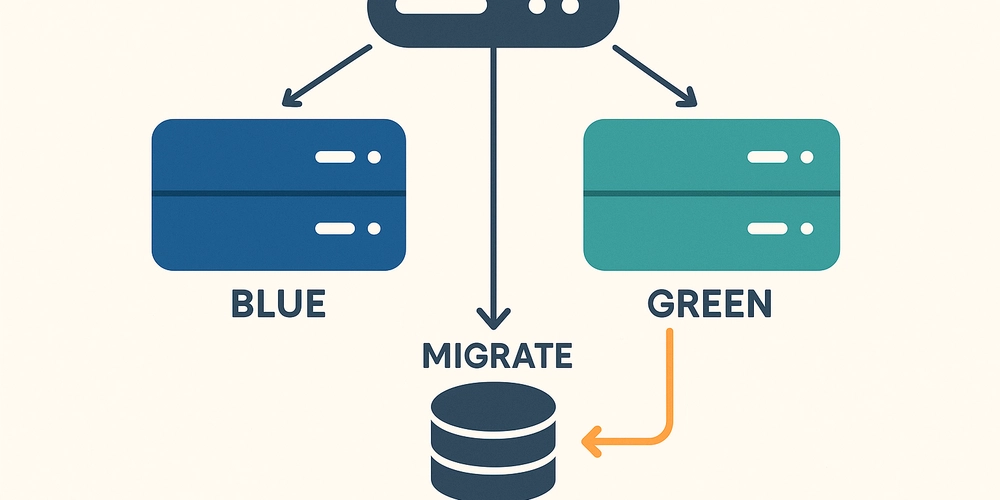














![[DEALS] The Premium Python Programming PCEP Certification Prep Bundle (67% off) & Other Deals Up To 98% Off – Offers End Soon!](https://www.javacodegeeks.com/wp-content/uploads/2012/12/jcg-logo.jpg)

















































































































-Mafia-The-Old-Country---The-Initiation-Trailer-00-00-54.png?width=1920&height=1920&fit=bounds&quality=70&format=jpg&auto=webp#)
-Nintendo-Switch-2---Reveal-Trailer-00-01-52.png?width=1920&height=1920&fit=bounds&quality=70&format=jpg&auto=webp#)





















_Sergey_Tarasov_Alamy.jpg?width=1280&auto=webp&quality=80&disable=upscale#)










































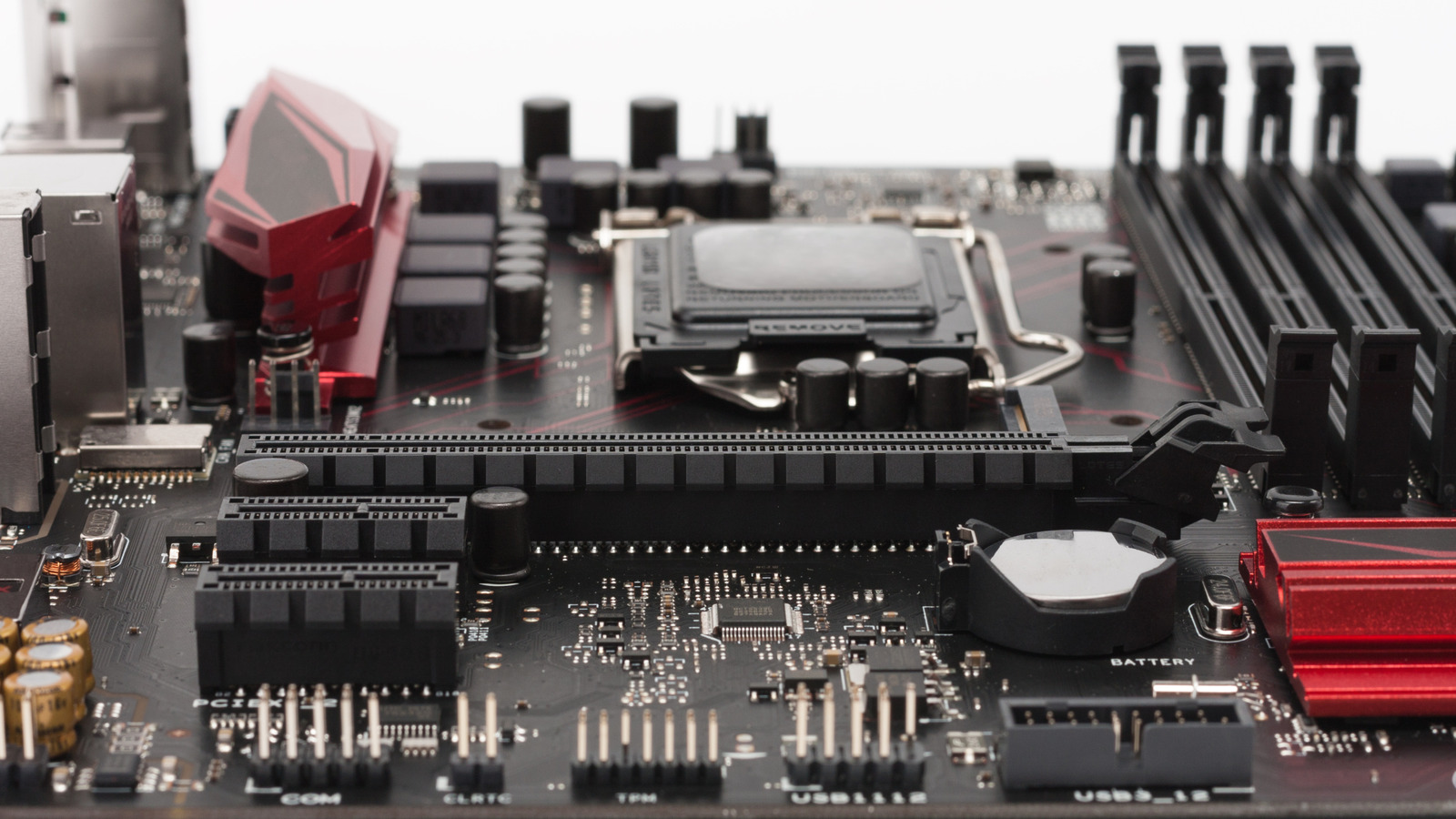




































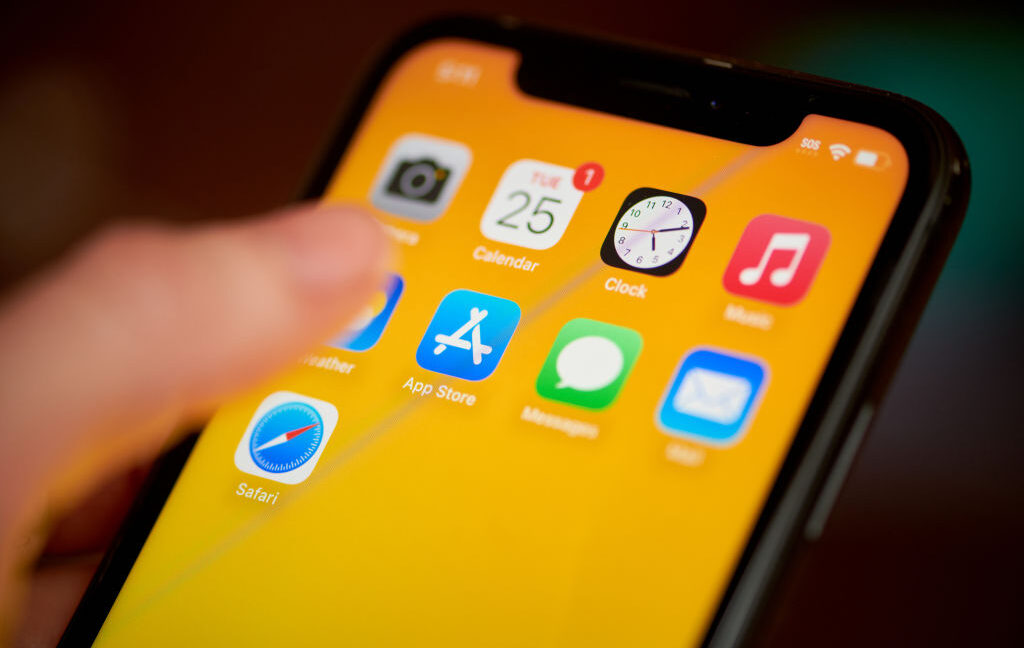
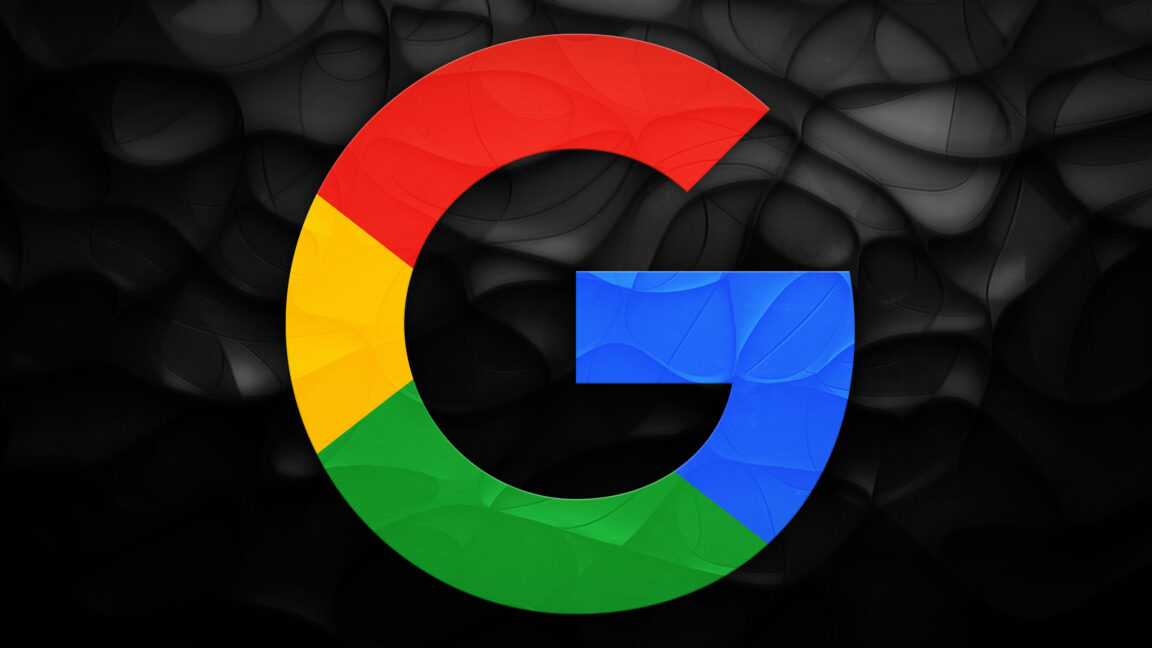

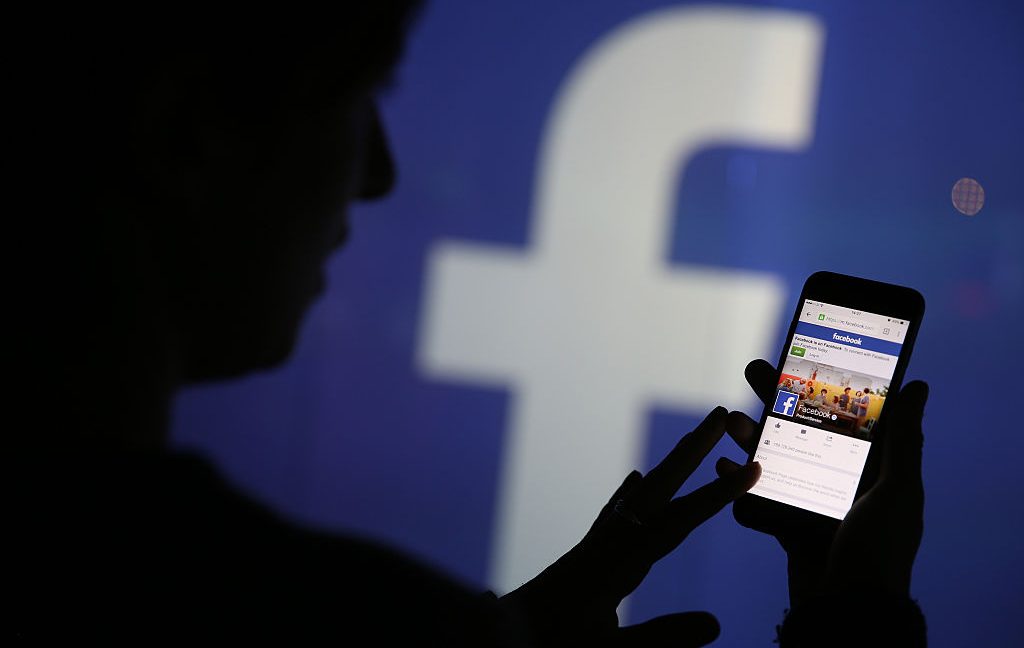
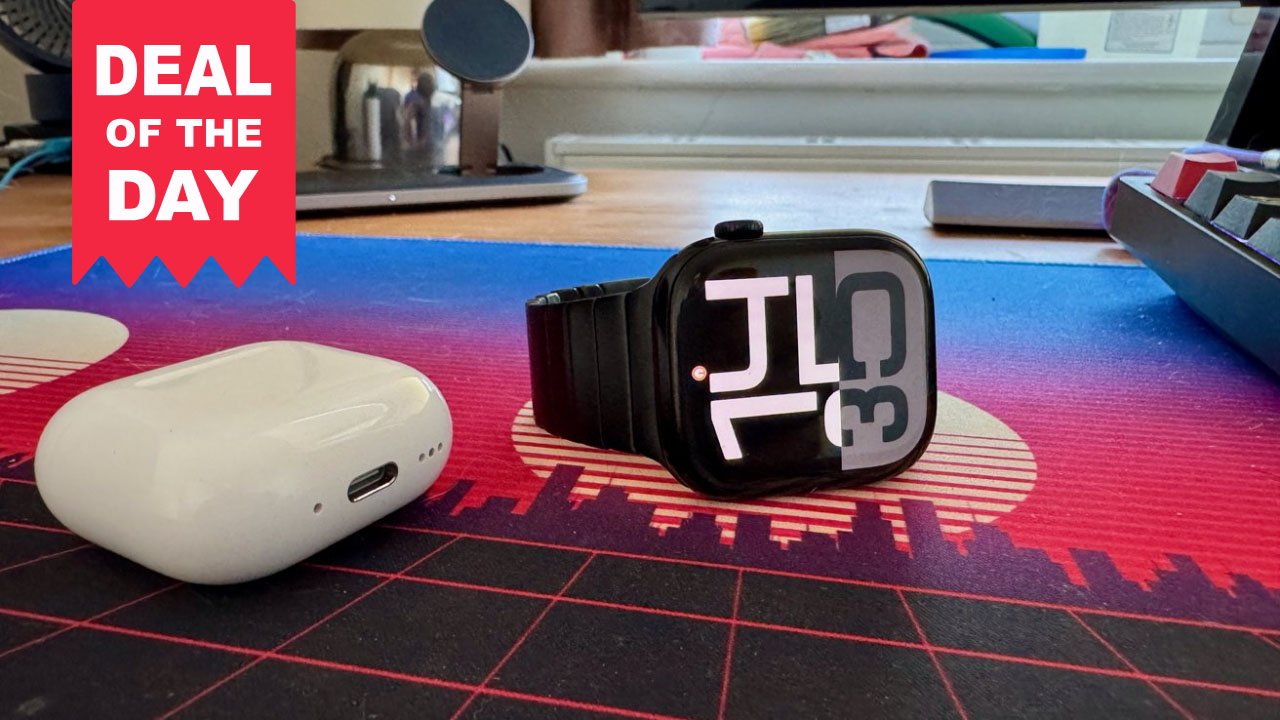


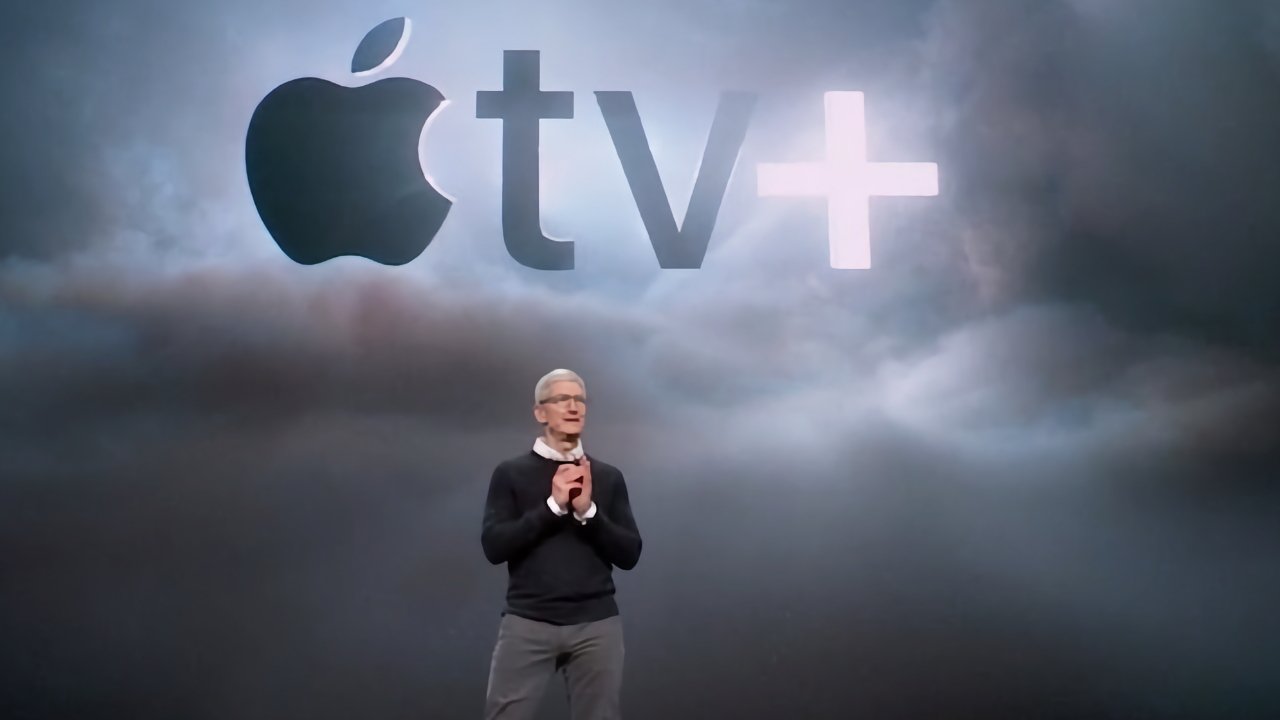

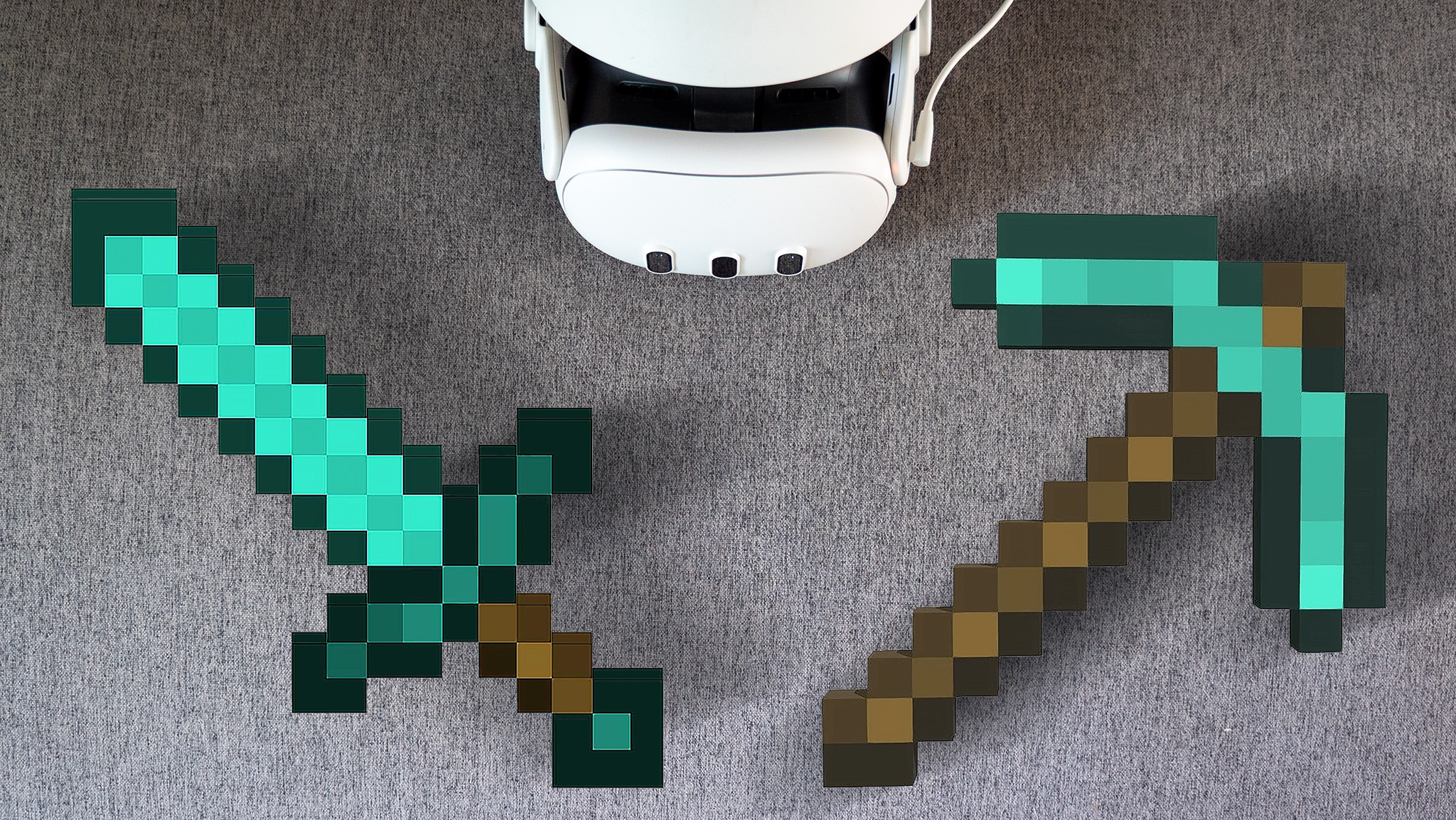
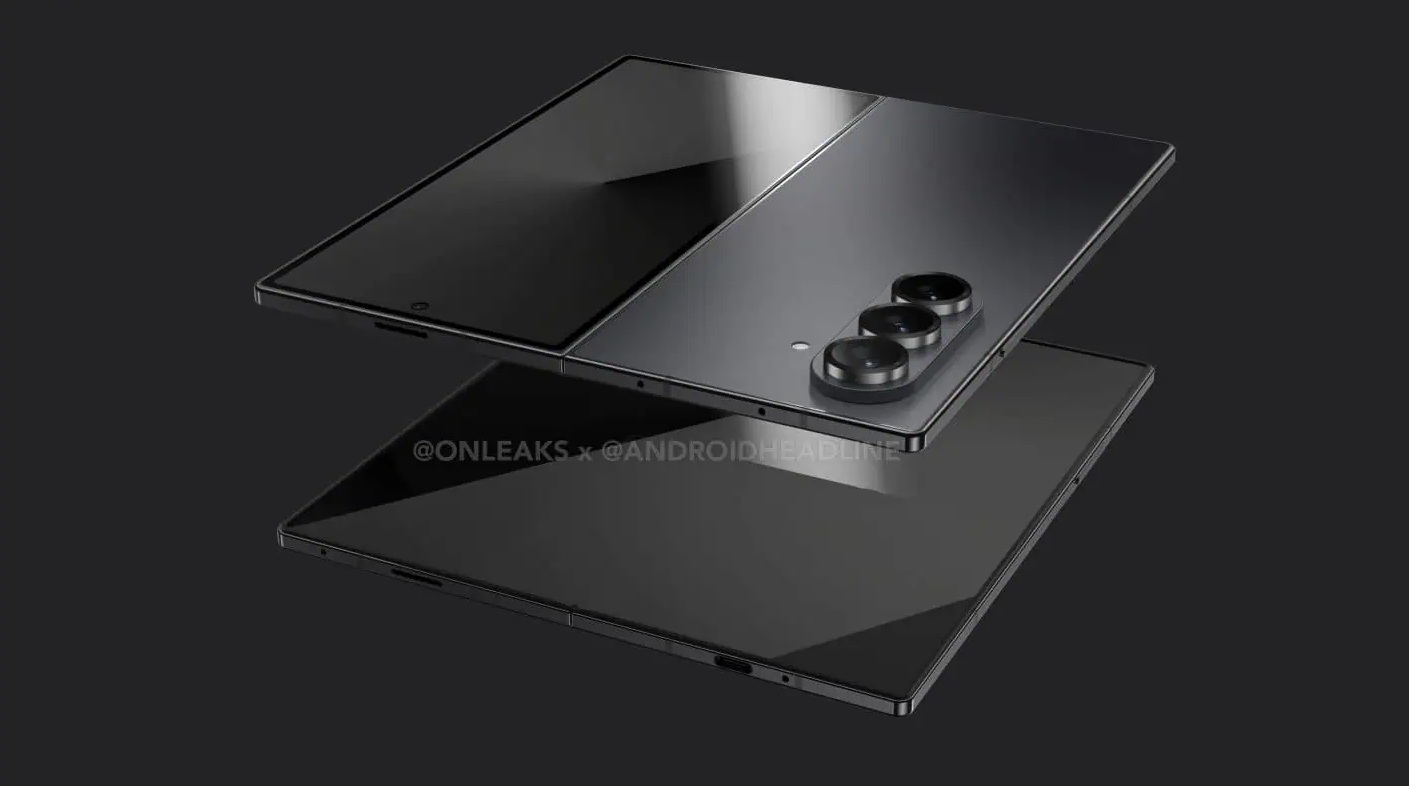


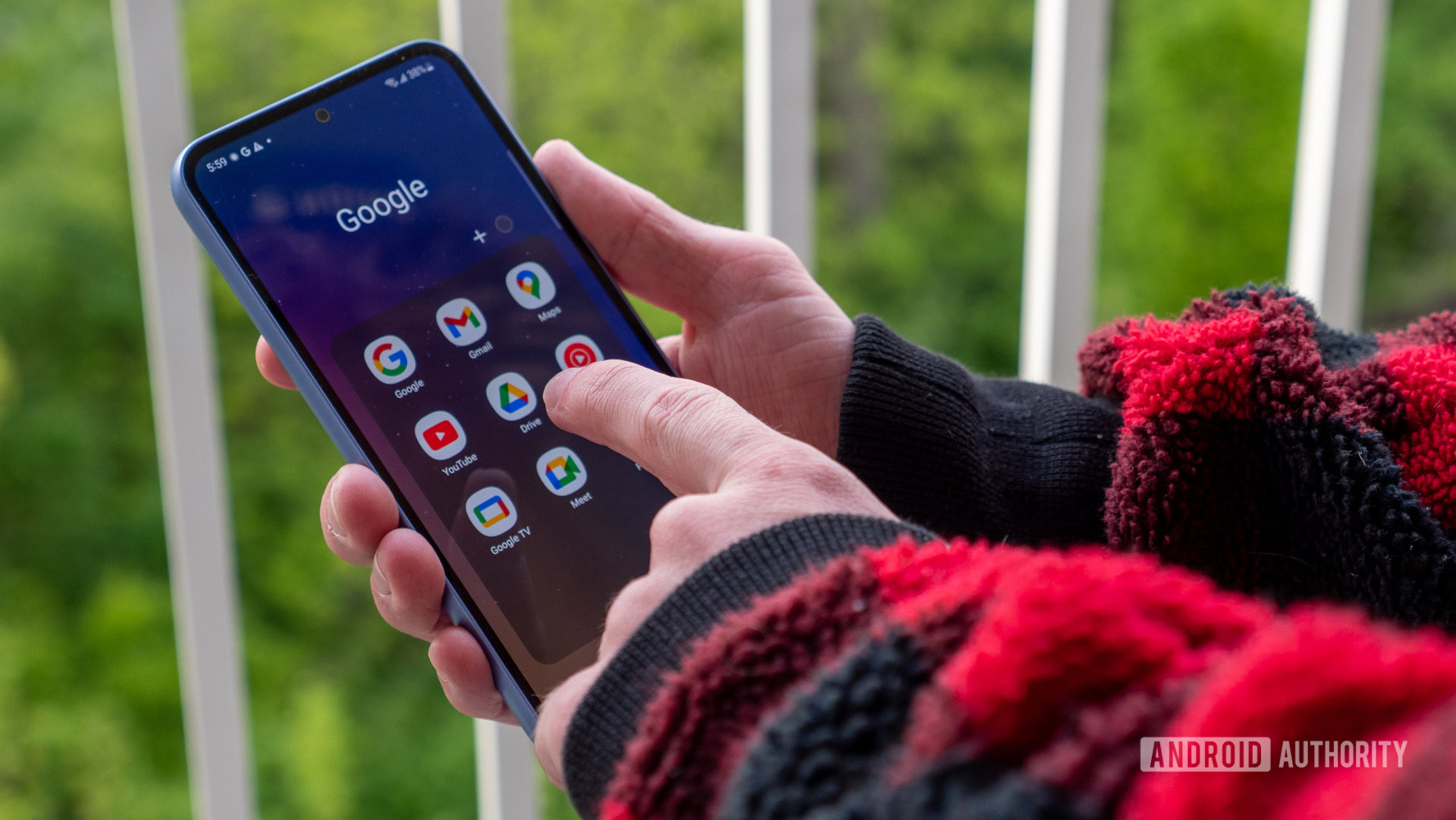
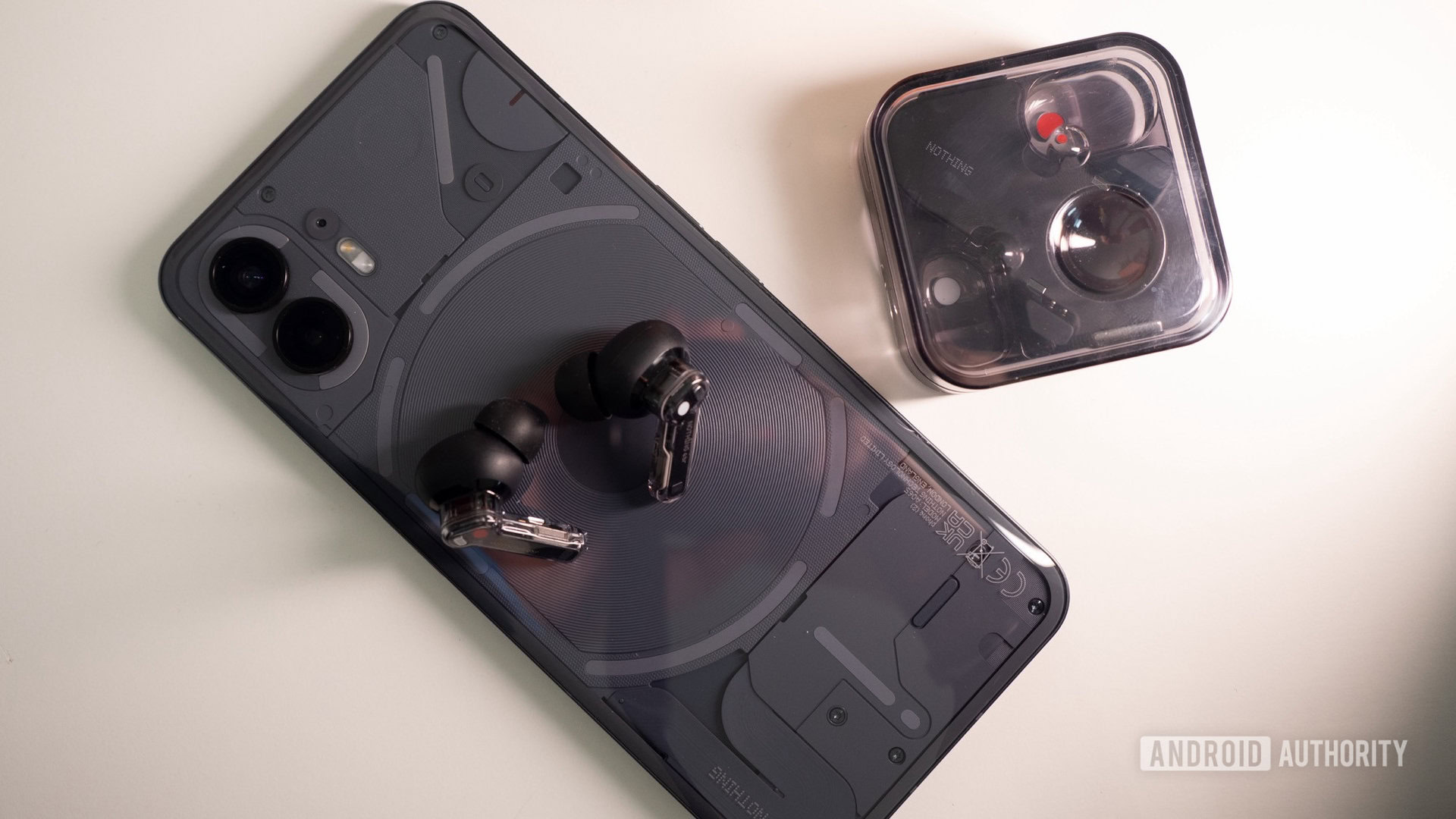

![Instacart’s new Fizz alcohol delivery app is aimed at Gen Z [U]](https://i0.wp.com/9to5mac.com/wp-content/uploads/sites/6/2025/05/Instacarts-new-Fizz-alcohol-delivery-app-is-aimed-at-Gen-Z.jpg?resize=1200%2C628&quality=82&strip=all&ssl=1)

















![Apple Shares Official Trailer for 'Stick' Starring Owen Wilson [Video]](https://www.iclarified.com/images/news/97264/97264/97264-640.jpg)


![Beats Studio Pro Wireless Headphones Now Just $169.95 - Save 51%! [Deal]](https://www.iclarified.com/images/news/97258/97258/97258-640.jpg)










































































